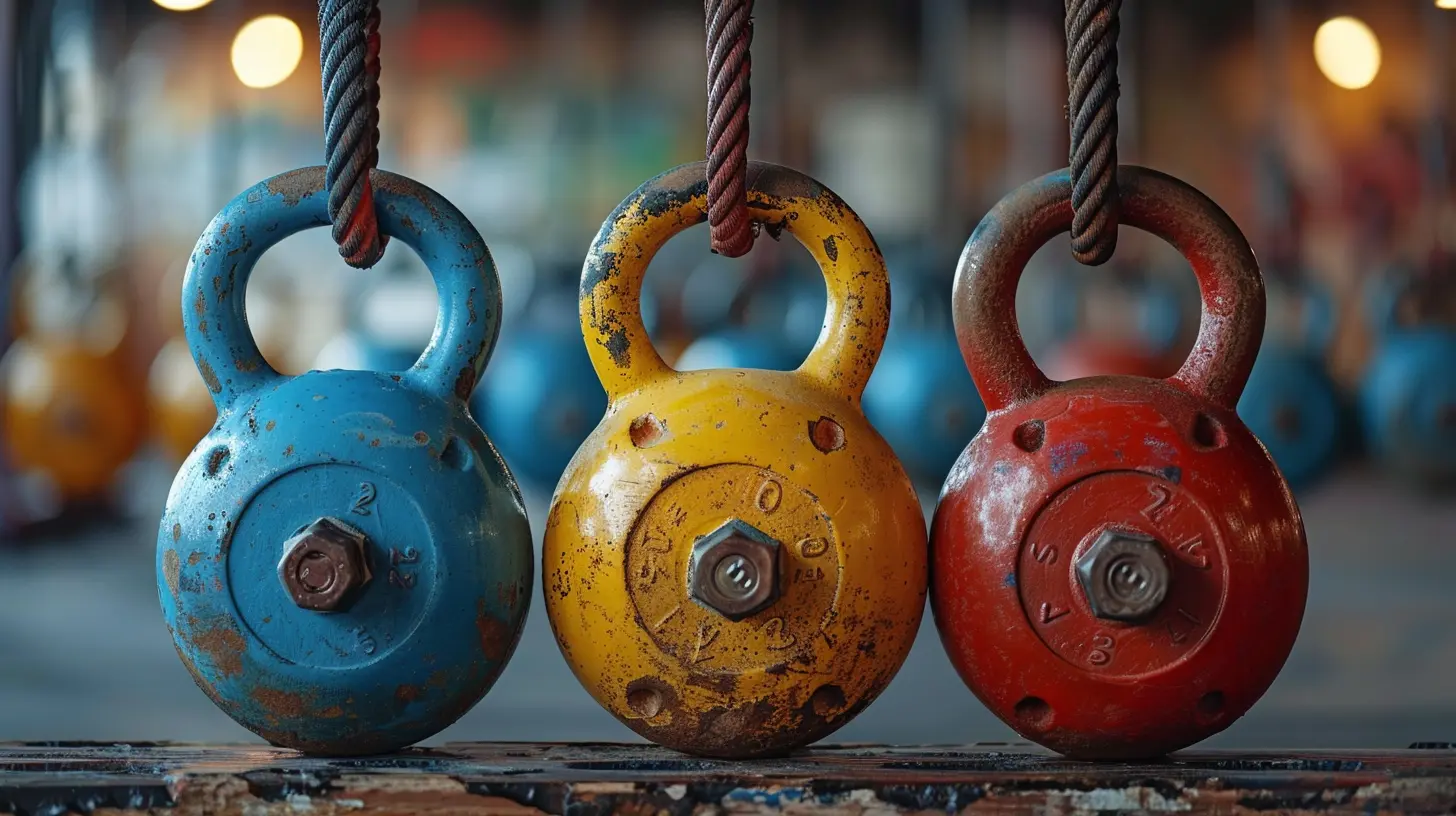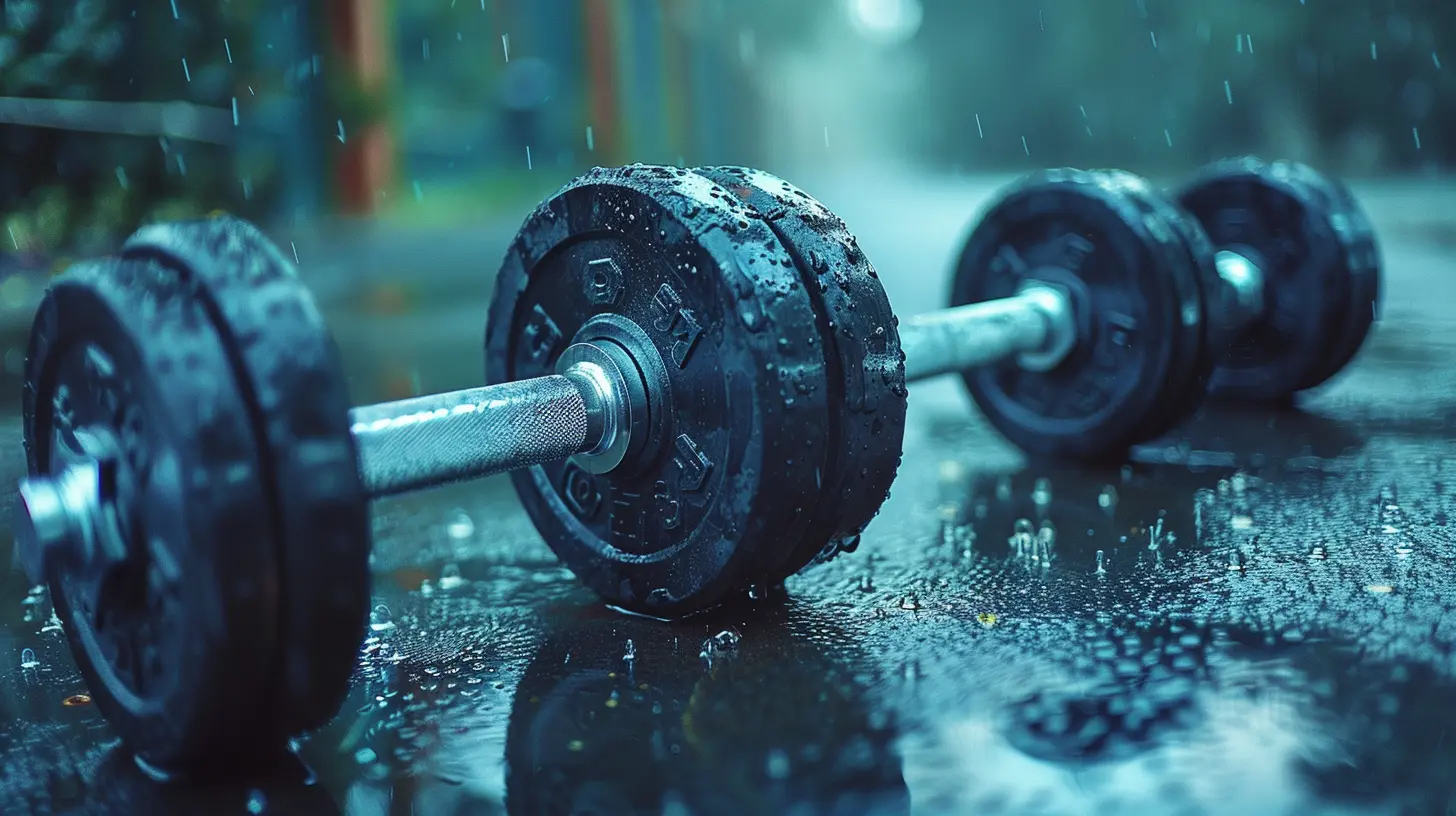Warming Up and Cooling Down: Essentials for Strength Workouts
4 November 2025
Let's be real—when we hit the gym or roll out that yoga mat at home, we’re often laser-focused on our actual workout. You know, the lifting, the sweating, the gainz (yes, with a "z"). But what about everything before and after that? The warm-up and cool-down? Most of us tend to... well, skip it. Or maybe rush through it like it’s just a box to check.
Here’s the truth bomb: skipping your warm-up or cool-down is like baking a cake and forgetting to preheat the oven—or taking it out without letting it cool before icing. Not only does it mess with your performance, but it can seriously increase your risk of injury and delay your recovery.
So, whether you’re a newbie lifter or you’ve got years of squats and deadlifts under your belt, warming up and cooling down should be non-negotiables. Let’s unpack exactly why they’re essential for strength workouts and how you can do them right.
Why Warming Up Is More Than Just Stretching
Raise your hand if your warm-up consists of swinging your arms around, touching your toes a couple times, and calling it a day. No shame—we've all been there. But a proper warm-up needs to do more than just get your limbs moving.So, what’s the point of warming up?
Think of your body like a car on a cold winter morning. You gotta let the engine run a bit before you start driving full throttle. Warming up raises your core body temperature, increases blood flow to muscles, wakes up your nervous system, and loosens your joints. You're basically telling your body, “Hey, we’re about to do something intense—let’s get ready for it.”Skipping this step is like asking your muscles to go 0 to 100 real quick... and that usually ends in strains, sprains, or worse.
Components of an Effective Warm-Up
Alright, let’s break it down. A solid warm-up for strength training includes three key parts:1. General Warm-Up (5–10 minutes)
This is your “get the blood flowing” phase. It can be as simple as jogging, brisk walking, cycling, or jump rope. Choose something light and easy to elevate your heart rate slightly without tiring yourself out.Quick Tip: If you’re working out in the morning or after sitting for hours, spend a bit more time here to really shake off that stiffness.
2. Dynamic Stretching (5–8 minutes)
Don’t confuse this with static stretching (the kind where you hold a pose). Dynamic stretches are movement-based and mimic the motions you’ll be doing in your workout. Think leg swings, arm circles, walking lunges, or inchworms.These stretches warm up your muscles and improve your range of motion without making you sleepy or sluggish.
3. Movement-Specific Warm-Up (5–10 minutes)
Here’s where you prep for the specific lifts or exercises you have planned. Doing squats? Start with bodyweight squats or light goblet squats. Benching today? Do some push-ups or a few reps with just the barbell to activate your chest and shoulders.This part is gold. It wakes up the exact muscles you're about to use and primes them to perform at their best.
The Benefits of Warming Up (Spoiler: They’re Huge)
Still not convinced? Let’s hit you with some quick benefits of warming up properly:- Prevents injuries – Loosened muscles and joints reduce your risk of strains.
- Improves performance – Warmed-up muscles generate more force and react faster.
- Mentally prepares you – It’s like flipping the “focus” switch in your brain.
- Boosts mobility – Dynamic movements improve joint flexibility and full-range motion.
In short, your warm-up is like a backstage pass to a better, safer, stronger workout.
Cooling Down: The Underrated Hero
Now, let’s talk about the part that often gets skipped because you’re starving and just wanna go home (been there). The cool-down is not a luxury—it’s a crucial part of workout recovery.Why cool down?
When you stop heavy lifting, your heart rate and breathing don’t just instantly go back to normal. Without cooling down, blood can pool in your muscles, and you might feel dizzy or nauseous. Plus, skipping this phase can mess with your recovery and leave you sore for days.A proper cool-down gently lowers everything back to baseline, flushes out waste products like lactic acid, and starts the healing process.
Elements of a Smart Cool-Down
A good cool-down doesn't take forever. Five to ten minutes is often enough to help your body transition into recovery mode.1. Light Cardio (2–5 minutes)
Think of this as your body’s version of “powering down.” Go for some light walking, slow cycling, or even just marching in place. It keeps your blood flowing and prevents dizziness.2. Static Stretching (5–10 minutes)
Now is the time for those long, deep stretches we didn’t do during the warm-up. Focus on the muscles you just worked—if you crushed legs, give those hamstrings, quads, and calves some love. If it was upper body day, stretch out your chest, shoulders, and triceps.Hold each stretch for 20–30 seconds and breathe deeply. Bonus points if you pair this with mindfulness or yoga poses—it’s great for reducing stress and grounding yourself.
Top Cool-Down Stretches for Strength Days
Here’s a quick cheat sheet of go-to stretches:- Hamstring stretch – Great after heavy squats or deadlifts.
- Chest opener – Perfect for bench press days.
- Child’s pose – A full-body reset.
- Hip flexor stretch – Especially important if you sit a lot.
- Quad stretch – Crucial after lunges and leg presses.
These moves might seem simple, but they’re powerful. They help reset your muscles to their natural length and improve flexibility over time.
Bonus: The Magic of Foam Rolling
Want to take your cooldown to the next level? Add some foam rolling.Yes, it hurts a little (okay, maybe a lot), but it works wonders. It’s like giving your muscles a mini massage to release tight spots and trigger points. Just grab a foam roller and slowly move over tight areas for 30–60 seconds each.
Pro tip: Don’t roll fast. Go slow and breathe through it. It’s not a race—it’s rehab.
Don’t Let Time Be Your Excuse
I hear this all the time: “I just don’t have time for a warm-up or cool-down.”But here’s the truth—you're not too busy to take care of your body. You're just underestimating how much those few extra minutes make a difference. An extra 10–15 minutes can mean fewer injuries, better lifts, and faster recovery. That’s a pretty solid ROI, if you ask me.
Real Talk: How I Learned the Hard Way
Let me share a quick story. Back when I was lifting heavy five days a week, I used to skip warm-ups ALL the time. I figured I’d just “ease in” with lighter weights. Spoiler alert: I pulled a hamstring doing deadlifts. It took me six weeks to recover.Since then, I religiously warm up—every single session. And guess what? My lifts are stronger, I feel more mobile, and I haven’t had a serious injury since.
Putting It All Together: Your Warm-Up & Cool-Down Game Plan
Here’s a simple template you can save or screenshot for your next strength workout:Warm-Up (15–20 minutes total):
- Light cardio (5 mins)- Dynamic stretches (8 mins)
- Arm circles
- Leg swings
- Inchworms
- Hip openers
- Movement-specific (5 mins)
- Bodyweight squats
- Push-ups
- Light sets of your main lifts
Cool-Down (10–15 minutes):
- Light cardio (3 mins)- Static stretching (7 mins)
- Focus on worked muscles
- Optional foam rolling (5 mins)
Final Thoughts
Warming up and cooling down aren't just "nice-to-haves." They’re the bookends of every successful strength training session. They protect your muscles, support your progress, and keep you in the game for the long haul.Think of them as the warm hug before and after a workout—they make the whole experience smoother, safer, and way more sustainable.
Next time you hit the gym, don’t skip 'em. Your future self (and your joints) will thank you.
all images in this post were generated using AI tools
Category:
Strength TrainingAuthor:

Laura Hudson
Discussion
rate this article
1 comments
Eva Bell
Great article! Prioritizing warm-ups and cool-downs is crucial for preventing injuries and enhancing performance. Remember, a strong foundation starts with proper preparation and recovery. Keep it up!
November 18, 2025 at 4:30 AM

Laura Hudson
Thank you for your feedback! I completely agree—proper warm-ups and cool-downs are vital for optimal performance and injury prevention.


